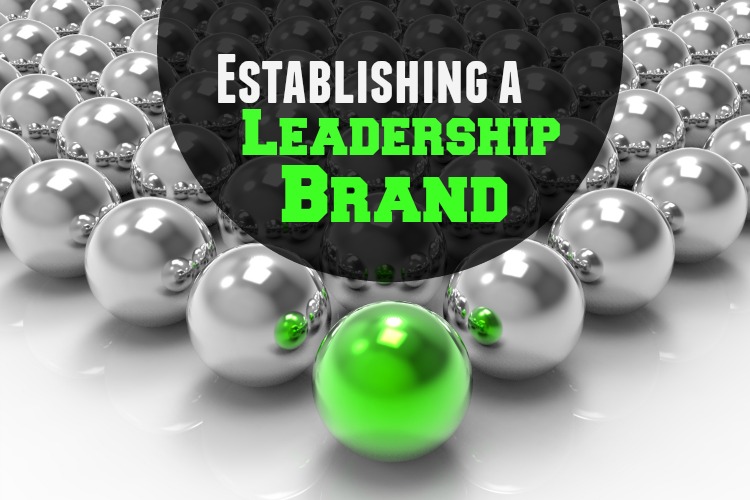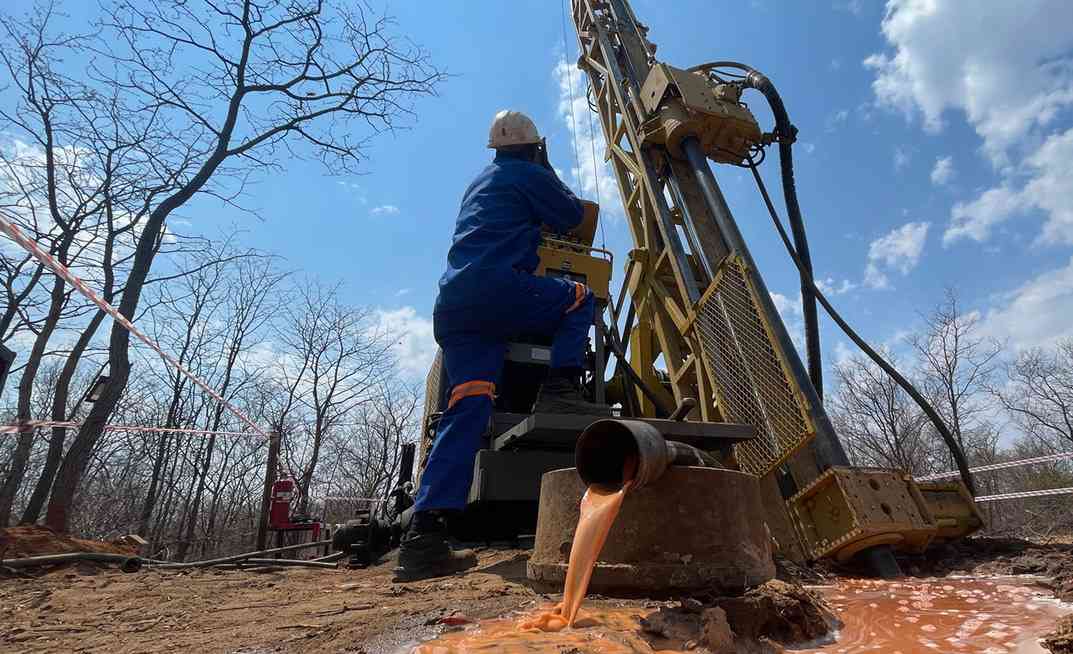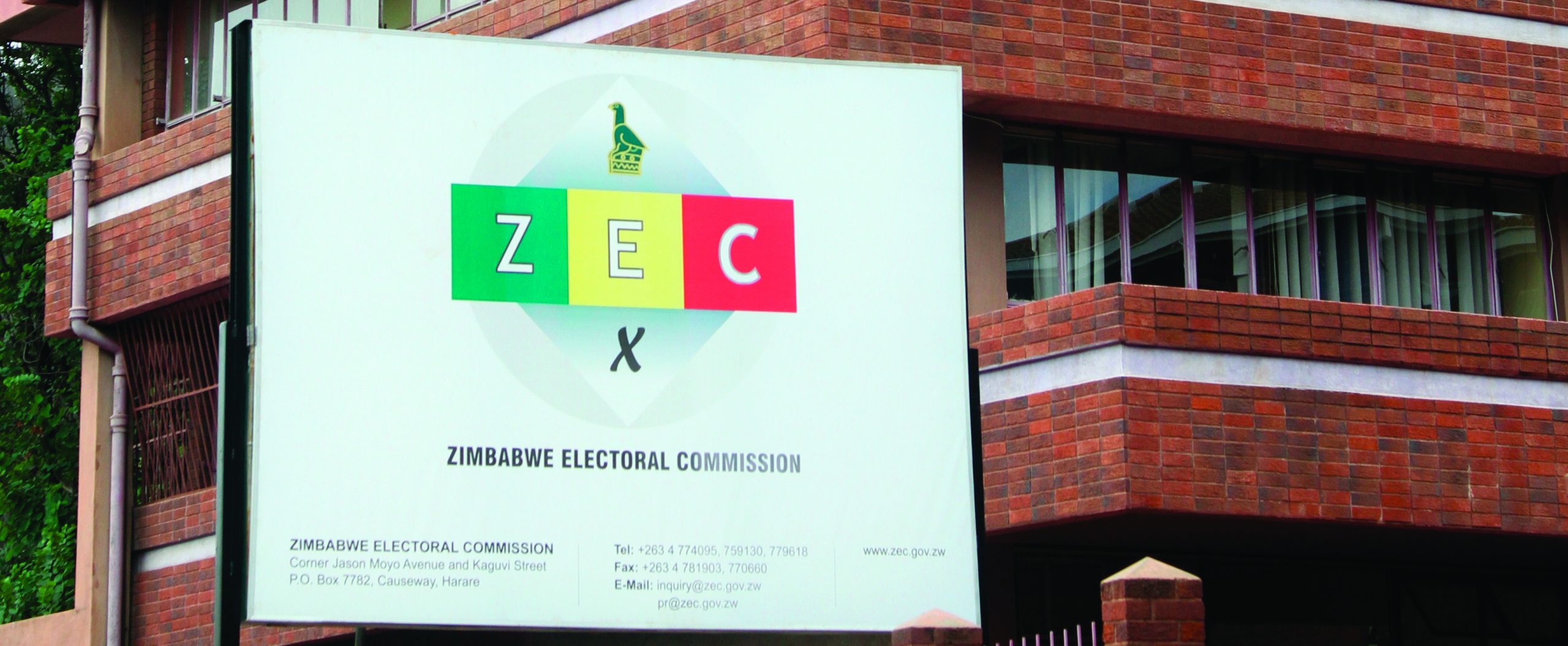
BY FARAI CHIGORA Are leaders born or made? Many have tried to have an answer to this adage for some time but to my enterprising friends I say it’s a combination. One that is an outcome of the umbilical cord and by nurturing through incubation. No wonder why higher learning institutions in Zimbabwe have refocused to innovation hubs and entrepreneurial education. The concern being that most schools of thought in business sciences have treated leadership and branding as oil and water but my great friend in water treatment can tell that the two concepts make a perfect mixture. One that adds on to a colourful branding rainbow which has the power to attract all types of customers across the globe through novelty.
In this edition, we will look at leadership branding where your leadership style as an SME owner directly impacts the brand equity of the business. Even with leadership coming in various guises all what matters is that any type of leadership (whether as projected or perceived by the stakeholders) influences brand performance.
To start with, let us make internal systems better, if not perfect, through an attractive style of leadership. In the following discussions we will focus on that leadership which is persuasive, transformative and friendly to all (both the internal and the external customer centric). Like informed in previous editions the employee is an igniter of customer brand loyalty and if misplaced in the equation, can break it all in favour of the competitors. This means that as thriving SMEs we should not wait to grow bigger in order to consider leadership issues as part of our brand strategy. We have been known for stereotyping general leadership skilling as a game for the elite or bigger businesses. No it is part of our DNA too. Some of our operators have also confused leadership with business ownership. In simple leadership branding practice for all. It is a systematic approach towards buy-in from the senior managers and lower level employees which will then cascade down to the customer as our golden goose. As a reminder, every member of the enterprise is a leader in brand management. At this juncture we should be thinking on how we can enhance and enforce such as a culture by our SMEs.
We should consider training workshops where we share and engage each other in a form persuasive leadership. At every level of the business everyone should be empowered to create and add value to a customer through leadership. Rather than always referring any customer request to the Boss as common in our most operations. Even the lowest level of the business should lead in making an instant decision that excites the customer. Time is money so as our customers they treasure it more in their brand selection and consumption. It can also be infused with investing time and resources doing coaching and mentoring leadership of all members. This reflects that the SME business’s long-term vision equally considers the employees as it does to the brand vision. That will become a strong foundation for leadership branding as perceived by all stakeholders.
As we continue in this leadership branding we should also appreciate that time will always come for us to recruit/hire senior managers in our operations. Of course this might be seen as purely an HR issue but we have now escalated to what I call collaborative branding through leadership. Where we remove all the silos resulting from departmentalisation/specialisation that are out of an organisation structure. That’s too traditional in this age. Every member is now a marketer and brand ambassador for the SME. We recruit to share responsibility as these new members are going to serve the brand to the customers on our behalf. It is not about their academic qualifications which might not be a reflection of the streetwise needed for our market adaptability and transformation. Here we should have input of the last customer in the market by allowing him/her to also evaluate the recruited executives. In the form feedback about their performance in line with the expected brand satisfaction (might seem fictitious but it is possible through creating a culture that allows openness and acceptance). Sometimes we blindly recruit for brand terrorisation only to realise when the market no longer want to hear about us. There is time for everything let’s start a 360 degree scrutiny to correct these silent gaps as experienced by some of our now extinct SMEs.
There are also some behaviour indicators that our SMEs can use in order to assess and monitor high level of leadership branding so as to wow the customer in delivering the promise. Mainly consistency which eliminates market confusion in serving the brand by the leaders themselves and others. There are many unpredictable events that can accompany an SME and its offerings/brand. Our role in this perspective is to respond to these in a predictable and consistent manner as a practice by all members (not instilling fear in the customers when such moments avail themselves to us). Instead of fire fighting leadership branding entails greater skills to respond to changes in the tastes and preferences and any aspects that follow the brand and customer perceptions. This goes on to resilience as a behaviour that displays self-confidence and calmness to deal with market challenges like managing your brand(s) imitators on the market. Real leadership doesn’t shout but calm to overcome any challenges and in that way you gain respect which further creates more strategic partners. There is also need to inspire confidence through credibility by encouraging honest and open discussions with the internal customers (employees) and the external customers. This will always eliminates risk in brand consumption as discussed in previous editions.
Lastly in the advent of new technologies and networks that have spearheaded a wide spread of social media leadership branding also calls for the owners of our SMEs to considers making some time to engage on these platforms too. This help as an engagement with the customers/markets as the two parties continuously share the brand vision, achievements/milestones, new developments/insights and any new strategic partnerships and brands extension. These platforms spread that positive brand news like veld fire and can create a lasting brand followership/bonding. The markets feel closer to the leader and when they consume brand it is as if they directly consuming with you. More can be said in this critical area but also remember that there is no one way of leadership branding. Create your own!!!
- Dr Farai Chigora is a businessman and academic. He is the Head of Business Science at the Africa University’s College of Business, Peace, Leadership and Governance. His Doctoral Research focused on Business Administration (Destination Marketing and Branding Major, Ukzn, SA). He is into agribusiness and consults for many companies in Zimbabwe and Africa. He writes in his personal capacity and can be contacted for feedback and business at fariechigora@gmail.com, WhatsApp mobile: +263772886871.
- Chamisa under fire over US$120K donation
- Mavhunga puts DeMbare into Chibuku quarterfinals
- Pension funds bet on Cabora Bassa oilfields
- Councils defy govt fire tender directive










